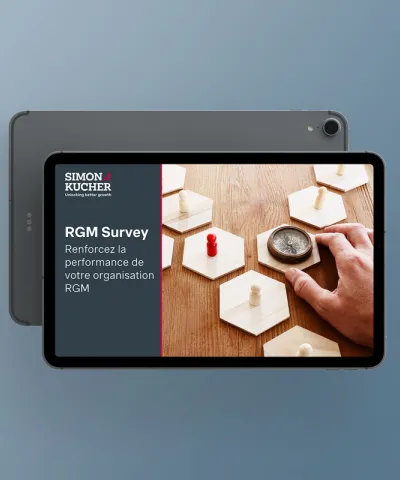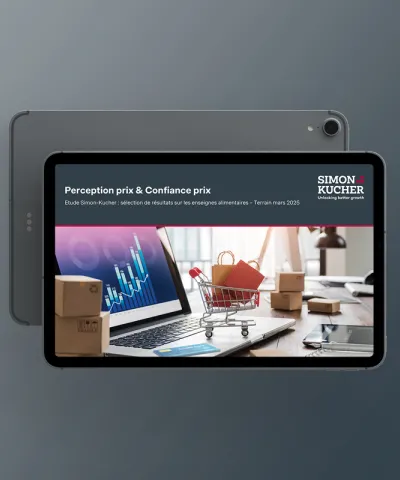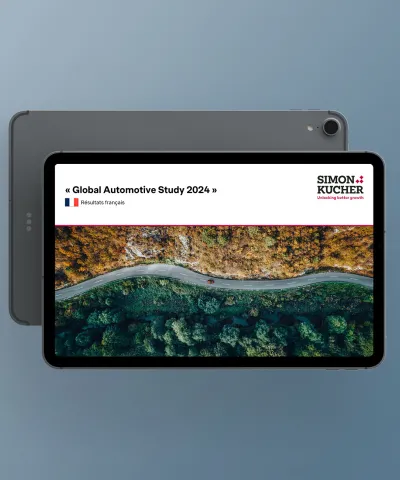Instead of buying, you can now subscribe to services in the automotive sector, just like in software and entertainment industries. But are car subscriptions a one-day wonder or a sustainable development? How does the average driver react to these offerings? And what does this mean for automotive manufacturers?
Would you want to keep your smartphone for eight years before purchasing a new one? For most people, this sounds very unappealing. However, in the US, the average length of car ownership is 8.4 years. A big factor behind this is probably the cost of buying and maintaining a car.
Car manufacturers are now targeting customers who want flexibility and are willing to share, as the subscription era takes hold. Manufacturers are expanding their offering to stay ahead of the competition.
Convenience at fixed costs
One business model that can make the dream of regularly driving a new car come true is car subscription. Like Netflix and Spotify, customers pay a monthly fee and can choose from a brand’s different models. They can swap for newer models at set times.
Unlike car sharing, users don’t rent vehicles for minutes or hours, but for months. And unlike car leasing, subscribers aren't bound to a contract for many years.
Furthermore, there is no need for a down payment, and the costs are predictable. Car subscription users pay a monthly fee that covers insurance, maintenance, repairs, tire changes, and taxes. They can always drive a new car by booking it online and having it delivered to their home. If needed, they can also have the car picked up and exchanged for a different one.
Expensive and rare
The upside for customers is obvious: cost transparency, flexibility, and convenience, just to name a few. The downside: higher costs compared to more traditional business models like buying or leasing.
For example, Volvo prices its subscription service at $650 for XC40 T5 R-Design. Other brands are more expensive. Porsche offers luxury cars for $1,700 to $3,600 per month. This includes unlimited vehicle services and delivery services. Apart from the hefty pricing point, access is another major problem for prospective users. In the US, only Volvo offers its car subscription services nationwide; everyone else debuted in select markets.
In Germany, the situation is similar, if not worse. A few companies, like Audi, BMW, Porsche, Volvo, and Cadillac, offer car subscriptions in locations such as Munich and the Ruhr region. Independent providers like Cluno, SIXT, and Carship perform a little bit better, offering a variety of brands nationwide.
Manufacturers and drivers: Are they on the same page?
The reason most established car manufacturers are at least thinking about introducing subscription models is their target groups’ changing demographic. Younger people living in urban areas don’t attach as much importance to owning their own car. Manufacturers are using strategies from other industries to appeal to these customers and build loyalty with non-car owners. They are also providing cars as a service.
But is this something drivers really want? We surveyed German and US car customers who bought, financed, or leased a new or used car with cash. We asked participants about their thoughts on new mobility trends.
These trends include electric cars, self-driving cars, and car subscriptions. Additionally, we inquired about what they look for when buying.
Most drivers uninterested in car subscriptions
Our key insights? It turns out that only a certain customer group is interested in car subscriptions and willing to pay for it. Around 70 percent of car drivers in the US and approximately 60 percent in Germany have no interest in purchasing a car subscription. Both new and used car drivers fall into this category.
When examining the customer group interested in car subscriptions, Americans demonstrate a greater willingness to pay than Germans. Over 60 percent of people are prepared to spend the same or greater amount on a subscription than their current vehicle.
In the US, customers would pay an average of 12 percent more for a subscription model. On the other hand, 33 percent of people in Germany are willing to pay more for a new car. Additionally, 50 percent of people believe that a subscription will be cheaper.
Key factors for attractiveness and resistance
Some drivers do not want car subscriptions because they do not want to change cars. In the US, this accounts for 57 percent of drivers, while in Germany it accounts for 52 percent.
Another reason drivers do not want car subscriptions is because they want control over their insurance. In the US, 49 percent of drivers fall into this category compared to 56 percent in Germany.
Additionally, some drivers think car subscriptions are too expensive. This makes up 35 percent of drivers in the US and 34 percent in Germany.
And those interested in subscribing? When asked for the key criteria they value in car subscriptions, drivers in the US named:
- All costs-inclusive monthly payment
- Lower capital expenditure
- On-demand use
- Flexible vehicle swaps
- Monthly renewals
- Guaranteed mobility
German drivers prioritized the benefits similarly:
- Lower capital expenditure
- All costs-inclusive monthly payment
- Monthly renewals
- Guaranteed mobility
- On-demand use
- Flexible vehicle swaps
Interestingly, providers primarily advertise regular vehicle changes and short notice periods, which are the major cost-driving parts of their offering. The figures show that customers prioritize cost transparency and low capital expenditure, which traditional leasing models already offer.
To sum up, there’s a lot of buzz surrounding car subscriptions. The key to making this business profitable is for OEMs to target the right customers. It’s important to understand customer requirements and provide a customized offering that meets those needs.








